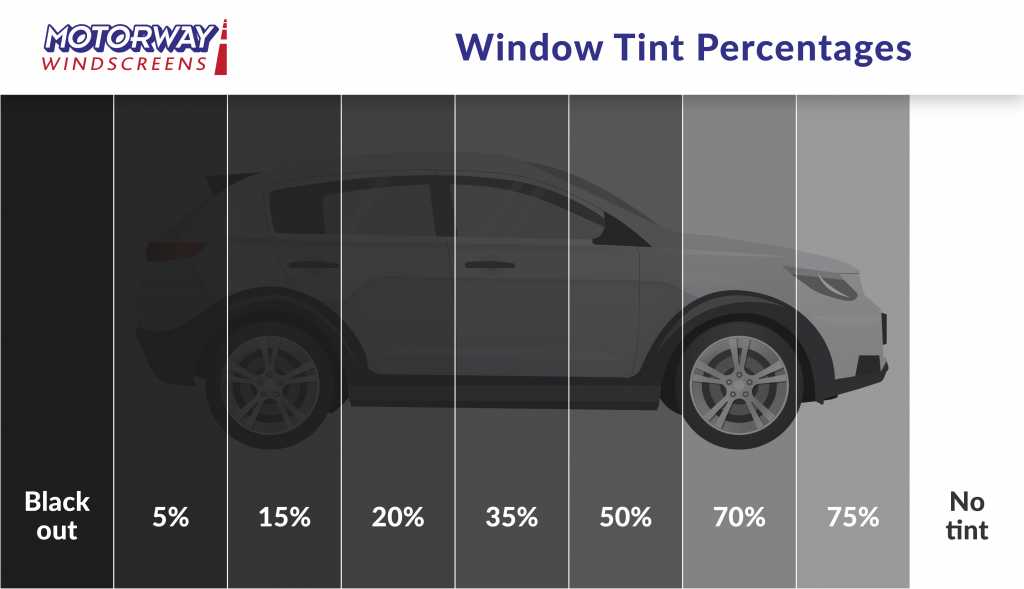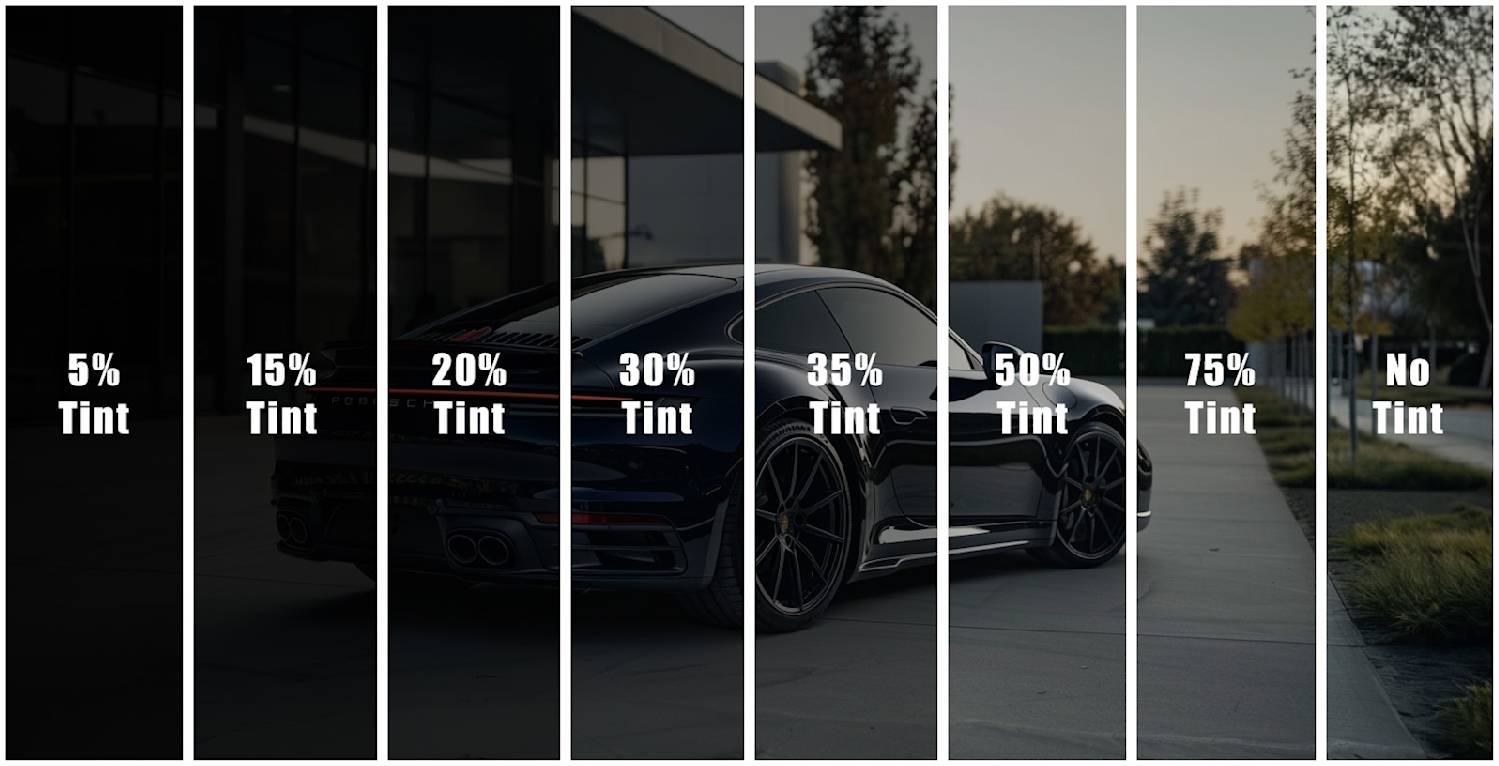Window Tinting for Homes: Improve Energy Efficiency and Privacy with Style
Window Tinting for Homes: Improve Energy Efficiency and Privacy with Style
Blog Article
Window Tinting Laws: What You Required to Know Prior To Tinting Your Auto
Recognizing window tinting laws is essential for any vehicle proprietor thinking about tinting their car. Laws differ dramatically from one state to another, establishing certain restrictions for Visible Light Transmission (VLT) portions, especially for front-side home windows and windscreens. Failing to adhere to these laws can lead to fines, the necessity to remove the color, and problems with insurance. As you consider enhancing your vehicle's look and functionality, it is crucial to grasp not just the legal effects but likewise the sensible factors to consider that come with picking the right color. What variables should you prioritize in your decision-making procedure?
Relevance of Understanding Tint Regulations
Comprehending home window tinting laws is vital for vehicle proprietors to guarantee compliance with state policies. These laws dictate the allowable degrees of tint darkness and reflectivity, which can substantially differ from one territory to one more. Falling short to adhere to these regulations can result in fines, mandatory elimination of the color, and possible difficulties throughout vehicle assessments.
In addition, recognizing these regulations assists vehicle owners make educated choices concerning their tinting alternatives. Different kinds of home window movies give different advantages, such as UV defense, warmth being rejected, and glare decrease. Without expertise of the lawful limits, car owners take the chance of picking products that may ultimately lead to lawful problems.
Additionally, awareness of tinting legislations fosters a more secure driving atmosphere. window tinting. Excessively dark tints can hinder visibility, boosting the danger of accidents, particularly at evening or in negative weather. Law enforcement companies also make use of these policies to make certain roadway security, making conformity not just a legal obligation yet a personal duty
State-Specific Tint Rules
Each state in the united state has actually established its very own specific guidelines regarding home window tinting, showing a varied range of demands and criteria. These policies can differ considerably, influencing how automobile proprietors approach setup and conformity. Some states permit darker tints on rear home windows while imposing strict restrictions on front-side home windows.
Additionally, guidelines commonly specify permitted color products and shades. Specific states forbid reflective colors completely, while others might enable them to a restricted degree. In addition, some territories mandate that vehicles with colored windows show a sticker label showing conformity with state regulations, offering a clear identification for police.
Enforcement of these laws also varies; some states are extra aggressive, performing arbitrary checks, while others count on problems or noticeable offenses to start enforcement. Car proprietors should realize that failure to follow state-specific color guidelines can cause penalties, obligatory removal of prohibited colors, or both.

Legal Color Percentages
Establishing the lawful tint percents is important for car owners looking for to abide by state guidelines. Each state has particular legislations regulating how much light must go through the home windows of a lorry, which is expressed as a visite site percent referred to as Visible Light Transmission (VLT) This percent differs considerably across states and can depend on the kind of window-- front side, back side, and windscreen.
As an example, some states allow just 20% VLT on front side windows, while others might allow approximately 50%. Windscreen tinting is frequently more limited, with many jurisdictions enabling just a slim band of tint on top of the windscreen. In comparison, rear home windows normally have much more lax policies, with some states allowing darker tints.
It is essential for automobile owners to acquaint themselves with their local laws to avoid prospective lawful concerns. This consists of understanding how VLT is gauged, as it can differ based on the kind of home window movie utilized. Remaining informed about these regulations makes sure conformity and promotes risk-free driving problems for both the vehicle proprietor and others when traveling.
Repercussions of Non-Compliance
Failing to stick to window tinting laws can lead to considerable consequences for automobile owners. Police officers educated to identify illegal tint levels may release penalties, which can differ by territory yet often vary from moderate to substantial amounts.

Insurer may also penalize for non-compliance, as unlawful adjustments can be considered as a violation of policy terms. This can affect coverage rates or lead to complications in cases if a case occurs.
Eventually, the consequences of non-compliance extend past instant punitive damages; they can affect a driver's insurance policy prices, legal standing, over at this website and total vehicle worth, highlighting the significance of sticking to regional home window tinting regulations.
Tips for Finding Tinting Options
Recognizing the ramifications of non-compliance highlights the importance of making educated choices when selecting home window tinting choices. To start with, familiarize yourself with your state's specific regulations concerning color darkness and reflectivity. Each state has distinct laws that dictate the permitted limits, so guarantee you stay within these standards to stay clear of charges.
Second of all, consider the type of tint product. Options include colored, metalized, and ceramic colors, each offering differing degrees of heat denial, UV protection, and resilience. Ceramic colors provide remarkable heat resistance without interfering with digital gadgets, making them a popular choice.
In addition, assess your key function for tinting. If you seek improved personal privacy, select darker colors; nonetheless, remember that this might affect visibility at night. Alternatively, if glow decrease and UV defense are your main issues, lighter tints might be adequate.
Finally, consult with a professional installer who is experienced concerning neighborhood guidelines and can advise high-quality materials suited to your demands (window tinting). Taking these aspects right into account will certainly ensure you make an educated decision, inevitably enhancing both your lorry's appearances and performance
Final Thought
To conclude, familiarity with window tinting regulations is essential before applying color to a car. Each state implements specific regulations pertaining to noticeable light transmission portions, specifically for front-side windows and windscreens. Non-compliance can result in considerable charges, consisting of penalties and required removal have a peek at this site of non-conforming color. By recognizing lawful demands and choosing proper tint materials, vehicle owners can achieve aesthetic enhancement while remaining compliant with appropriate regulations. Adherence to these standards makes sure both safety and security and contentment.
Comprehending home window tinting legislations is necessary for any kind of car owner considering tinting their automobile.Recognizing window tinting legislations is critical for car proprietors to guarantee conformity with state policies. Some states permit darker colors on rear home windows while imposing stringent limitations on front-side windows.
In comparison, rear home windows normally have more tolerant guidelines, with some states allowing darker colors. (window tinting)
In final thought, experience with home window tinting laws is vital prior to using color to a vehicle.
Report this page